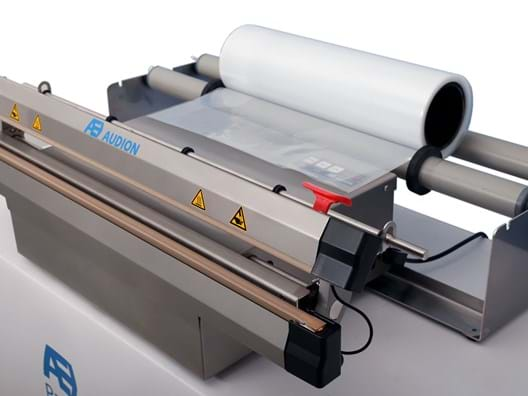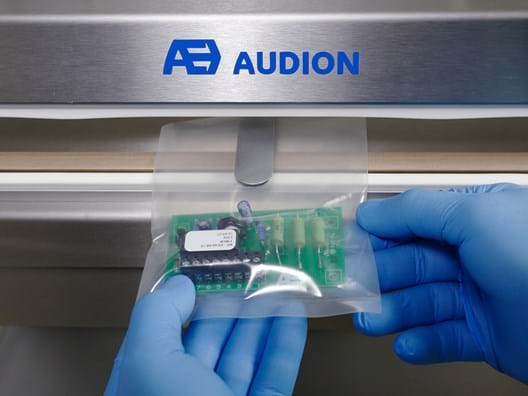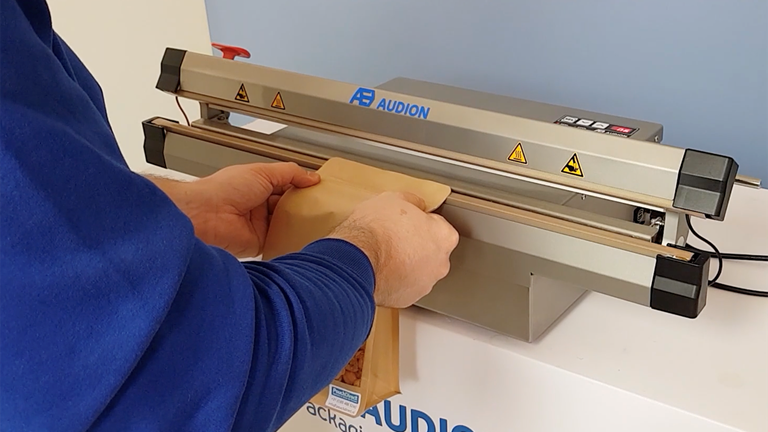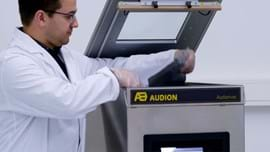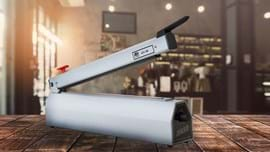Hand sealer, classic among packaging machines
Sealing is a decades-old packaging method and remains the only technology for creating air-tight packagings. In this article, you can read how sealing works and the various technologies which are available. We also discuss the function of hand sealers in greater depth and which packaging materials are suitable for sealing.
Sealing is fusing together two layers of a material so that those two layers cannot be separated without causing damage. The fusing takes place by applying heat and pressure to the material. This technique is ideal for closing up and protecting products. For example, it protects them during transport or can guarantee their storage life.
3 key factors that make for a good sealed packaging
The width of the seal may seem crucial for the success of the seal. However, this is not the case. A 1 mm seal can work just as well as an 8 mm seal. The three key factors for a good sealed packaging are:
- Heat
- Pressure
- The packaging material.
How do hand sealers work?
Hand sealers have a resistance wire or sealing bars which are heated up. You place the packaging inside the machine, with the resistance wire or sealing bars at the point where the packaging is to be sealed. You then close the device, causing heat and pressure to be applied to the packaging, which fuses together. The machine needs to remain closed for several seconds – how long depends on the packaging material. With the tabletop hand sealer, you cut through the tubular foil in a single action and the packaging is ready.
The difference between heat and impulse sealing machines
There are two types of sealing technologies for sealing machines, impulse and heat sealing. Impulse sealers work with a wire that heats up momentarily (impulse). In other words, the sealer is not continuously hot, but is activated each time it is used and heats up for a fraction of a second. An added advantage of an impulse sealer is that it does not use energy continuously.
Audion offers various ranges of impulse sealers:
- Powersealer
- Magneta
- Sealboy
- ISM
- Sealkid
- Super Poly
In contrast to impulse sealers, heat sealers work with sealing bars which are constantly heated. Following a warm-up time of approximately 8 minutes, the sealer is ready for use at any time.
In addition to the different technologies, there is also a difference in the type of seal. An impulse sealer makes a flat seal, which means that any foreign substances will be enclosed within the seal of the packaging. With a heat sealer, it is also possible to make a ridged seal. This is wider and offers better adhesion in the event of contaminants, ensuring that the product is enclosed in the packaging free from moisture, dust and dirt.
Audion ranges of heat sealers:
- Super Cello
- Portable Poly
- GPS
- Powersealer
- Lamino
- TTCD
Which type of seal and which sealing technology is suitable depends on the product and the packaging material. Our specialists will be pleased to advise you.
Suitable materials for hand sealers
Will you be packaging products in bags or using tubular foil? Hand sealers can be used to seal different types of packaging materials, i.e.:
- Polypropylene
- Polyamide
- Low, medium and high-density polyethylene
- Laminates
- Coextrusions – combinations of different materials
The choice of packaging material determines which sealing technology and sealing machines are suitable for the packaging process.
In our next article, we explain what role the product and packaging requirements play in the choice of packaging material and how the packaging material affects the choice of sealing machine.
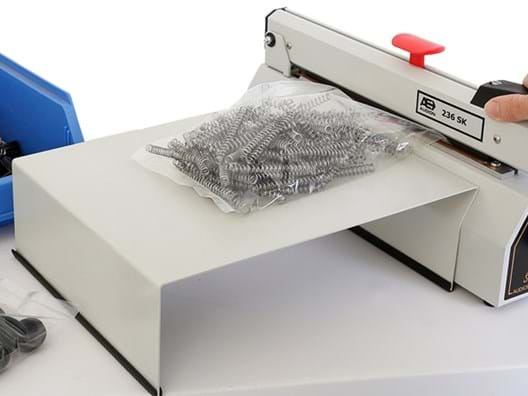
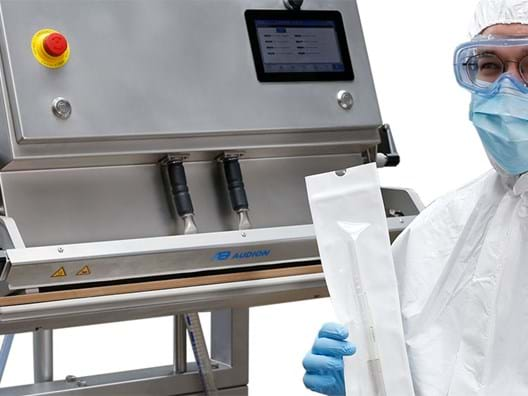
![VAL PSR 520 [1]](/media/yf5kc4wo/val-psr-520-1.jpg?anchor=center&mode=crop&width=528&height=396&rnd=132935817096400000)
